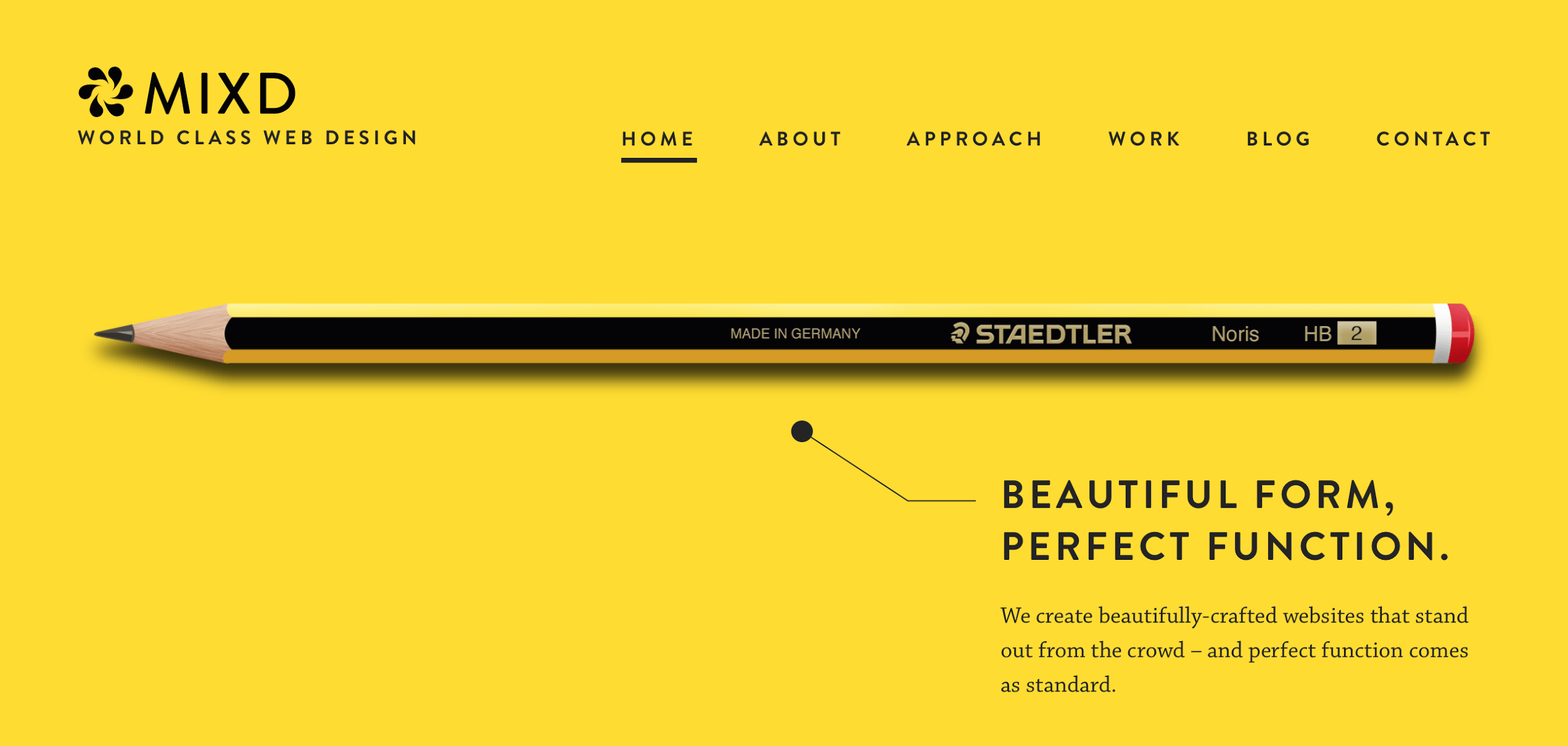
As web design focuses more and more on good user experience, designers need to create the most usable and attractive websites possible. Carefully applied minimalist principles can help designers make attractive and effective websites with fewer elements, simplifying and improving users’ interactions.
In this article, Nick Babich discusses some examples of minimalism in web design, things to consider when designing minimalist interfaces, and explain why sometimes “less is more”. If you’d like to get more creative with your own designs.
A Short History Of Minimalist Design
Some web designers mistakenly think of minimalism as a primarily aesthetic choice. To avoid the pitfall of focusing only on aesthetics, let’s be clear about the roots of minimalist design.
While it might be a newer trend in web design, the underlying ideas have been around for much longer. When discussing minimalist design, a person might naturally think of traditional Japanese culture. Japanese culture values balance and simplicity. Japanese architecture, interior design, art, and graphic design have long employed minimalist aspects.
As a Western movement, minimalism began early in the 20th century. Influenced by the introduction of modern materials, such as glass and steel, many architects began to employ minimalist designs in their buildings. Ludwig Mies Van der Rohe, the German-American architect, was one of the pioneers of the minimalist movement. He is credited with first applying the phrase “less is more” to architectural design.
The less-is-more attitude quickly moved from architecture to other arts and industries: interior and industrial design, painting, and music. As a direction of visual design, minimalism became popular in the 1960s, when artists moved toward geometric abstraction in painting and sculpture. The artistic movement found its impression in the artwork associated with the Bauhaus school. One well-known minimalist artist who influenced the movement was Donald Judd, whose artwork is full of simple shapes and color combinations.
Category: Online Collectables
